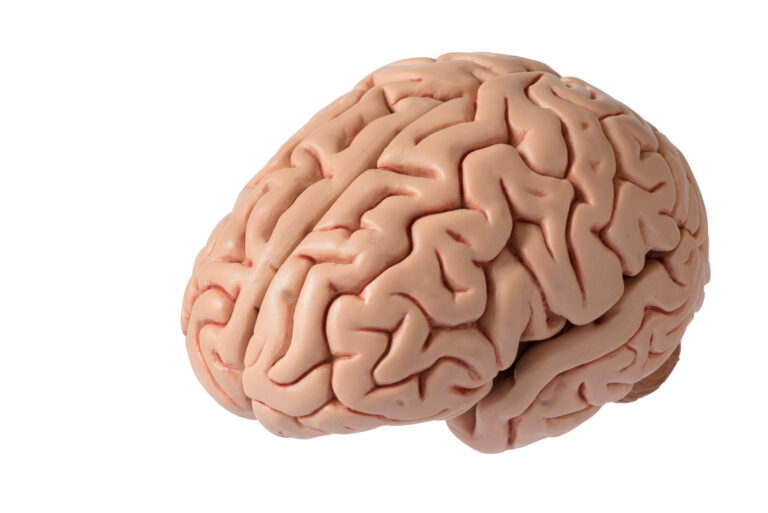Dementia is a progressive neurological disorder that affects millions of people around the world. It is characterized by a decline in memory, thinking, and behavior, which can have a significant impact on a person’s daily life. While there are some treatments available to manage the symptoms of dementia, there is still no cure for this devastating disease.
However, a promising new gene editing technique has recently shown potential in treating dementia. This cutting-edge technology, called CRISPR-Cas9, has been making headlines for its ability to edit and modify genes with unprecedented precision. And now, researchers are exploring its potential for treating dementia.
In order to understand how this new gene editing technique may help in treating dementia, let’s first take a closer look at what causes this disease.
Dementia is primarily caused by the accumulation of abnormal proteins in the brain, known as amyloid and tau proteins. These proteins form clumps, or plaques, and tangles, respectively, which disrupt the normal functioning of brain cells and ultimately lead to their death. As the brain cells die, the brain tissue shrinks, resulting in the loss of cognitive function.
Traditionally, treatment for dementia has focused on managing symptoms such as memory loss and behavioral changes. However, with the advancement of genetic research and technology, scientists are now exploring ways to target the underlying cause of the disease – the abnormal proteins.
This is where CRISPR-Cas9 comes in. This gene editing technique works by using a special enzyme, called Cas9, to cut and modify specific genes in a cell’s DNA. It acts like a pair of molecular scissors that can snip out the faulty genes responsible for producing the abnormal proteins.
In a recent study published in the journal Nature Communications, researchers used CRISPR-Cas9 to target two genes – APP and BACE1 – that are involved in the production of amyloid proteins. These genes were modified in mice with a form of dementia, and the results were remarkable.
The researchers found that by using CRISPR-Cas9 to modify these genes, they were able to significantly reduce the levels of amyloid proteins in the brains of the mice. Not only that, but they also observed improvements in the mice’s memory and cognitive function.
This groundbreaking study provides strong evidence that targeting these specific genes with CRISPR-Cas9 could potentially slow down or even reverse the progression of dementia. While this research is still in its early stages and has only been tested in animal models, it opens up a promising avenue for future treatments.
One of the biggest advantages of using CRISPR-Cas9 for treating dementia is its precision. Unlike traditional drugs that may affect multiple genes and have various side effects, this gene editing technique can target specific genes responsible for the disease. This not only reduces the risk of off-target effects but also makes it a more effective treatment option.
However, there are still some challenges that need to be addressed before this technique can be used in human trials. One of the main concerns is the delivery of the CRISPR-Cas9 system to the brain. As the brain is protected by a barrier that prevents most substances from entering, finding a way to safely deliver this gene editing technology to the brain remains a hurdle.
Another issue is the ethical implications of modifying human genes. While CRISPR-Cas9 has the potential to cure diseases, it also raises questions about whether we should be altering our DNA in this way.
Despite these challenges, the potential benefits of using CRISPR-Cas9 for treating dementia cannot be ignored. It offers a glimmer of hope for the millions of people living with this disease and their loved ones.
In addition to targeting the production of abnormal proteins, researchers are also exploring other ways in which CRISPR-Cas9 could help in treating dementia. For instance, some studies have shown that this gene editing technique could potentially repair damaged DNA in brain cells, which could be beneficial for individuals with certain types of dementia.
In conclusion, the novel gene editing technique, CRISPR-Cas9, has shown great promise in treating dementia. While there is still a long road ahead before it can be used as a treatment for humans, this research opens up a new avenue for potential therapies for this devastating disease. With continued advancements in genetic research and technology, we can hope to one day find a cure for dementia and improve the lives of those affected by it.





